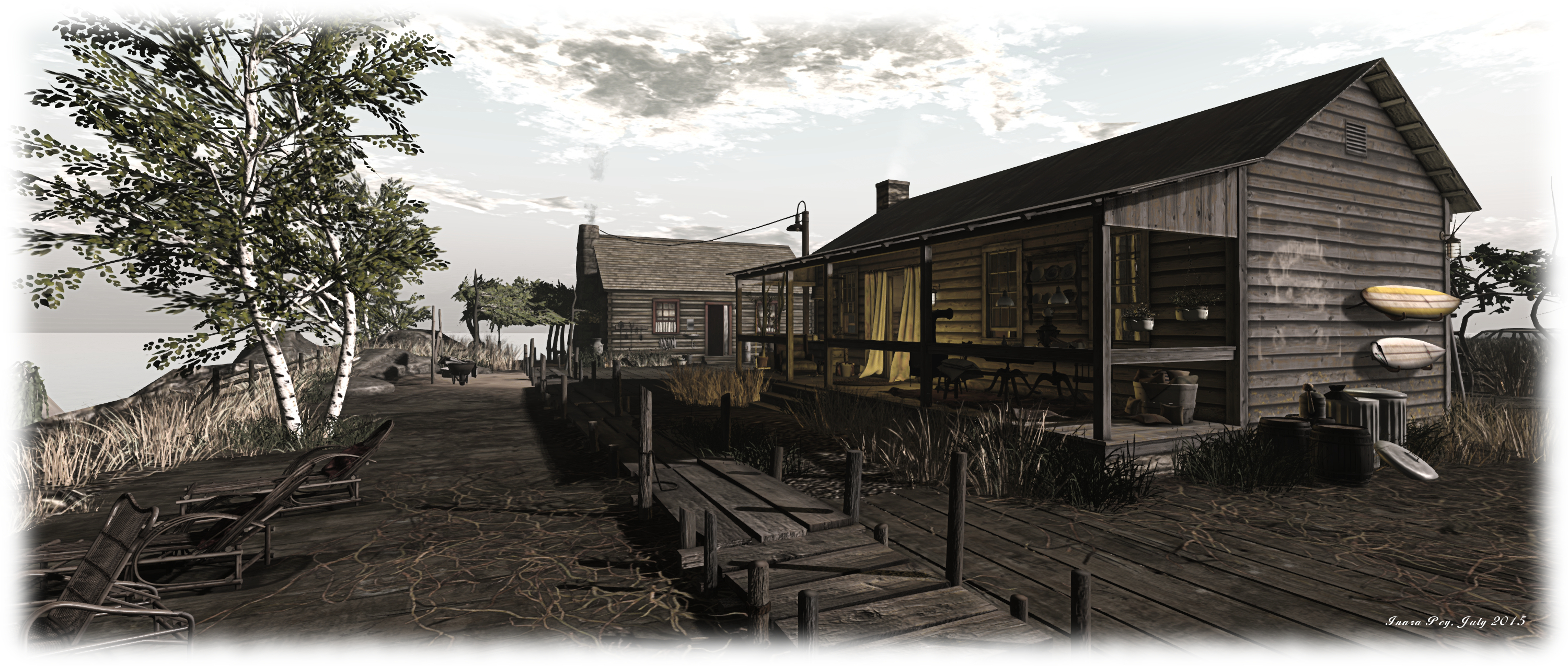 Up to U, July 2015 (Flickr) – blog post
Up to U, July 2015 (Flickr) – blog post
The following notes are primarily taken from the TPV Developer (TPVD) meeting held on Friday, July 31st. A video of the meeting is included at the end of this report, with any time stamps in the following text referring to it. My thanks as always to North for the recording and providing it for embedding.
Server Deployments Week #31 – Recap
As always, please refer to the server deployment thread for the latest updates / news.
- Tuesday, July 28th, saw the Main (SLS) channel receive the server maintenance package previously deployed to the three RC channels, comprising internal server fixes related to Experience Keys, comprising null pointer checkers and a configuration option for the number of Experiences a Premium member can have.
- On Wednesday, July 29th, the three RC channels will be updated with a new server maintenance package aimed at fixing recent group-related issues (BUG-9725 ,BUG-9735 and BUG-9695). Reports following the deployment seem to indicate the issues appear to have been addressed.
Viewer-Managed Marketplace
As I’ve reported elsewhere, the Lab has now announced the retirement of Magic Boxes and the final shut-down of XStreet. Merchants have until August 17th to manually migrate their Magic Box items to VMM if they wish to have sales continue uninterrupted. After that date, the Marketplace will cease delivering goods from Magic Boxes. However, XStreet will remain available through until August 27th.
Wednesday, July 29th saw an updated version of the VMM viewer released. Version 3.8.2.303891 does not contain any functional changes to the VMM code, but does include a number of fixes which will hopefully reverse the elevated crash rates the previous RC version had been suffering when compared to the release viewer.
Providing the stats confirm this after the weekend, and no other emergencies occur, the VMM RC viewer will be promoted to the de facto release viewer in week #32 (week commencing 3rd August).
[00:35] The automated migration of all Direct Delivery items has now completed, and appears to have gone smoothly. The Lab is working through what Brooke Linden describes as “minor problems” directly with the Merchants who have encountered them. In addition, feedback from Merchants is currently being used to update the VMM Knowledge Base documents.
There was also an apology for the sudden change in plans regarding the start of the migration process, and the lack of forewarning to TPVs (and Merchants) on the matter.
Grid Status Page RSS Feed
[08:06] Back towards the start of the year, the Lab attempted to make changes to the Grid Status page; however, the attempt caused issues, and things were subsequently reverted.
During the Third-Party Developer meeting on Friday, July 31st, Oz and Steven Linden indicated that the Lab is going to make a further attempt to update things. The aim is to update the RSS feed from RSS version 1 to RSS version 2.
As existing web pages, etc., using the feed may need to be adjusted to use the new feed format, a, proxy URL is available (http://beta.status.secondlifegrid.net/feed) using the new feed format is available for testing purposes. This is already using live data, and the Lab’s plan is to allow it to run for a few months in order to ensure there are no issues, and then around November of December 2015, re-direct the existing Grid Status URL to point to the new feed, thus hopefully avoiding the upsets that came with February’s attempt to make changes.
Linden Parcel and Region Damage
[11:16] The Lab has put forward a proposal to improve how Damage can be managed at the region / parcel level. For detail, please refer to my separate report.
Unified Snapshot Floater
[19:16] As indicated in week #23 Niran V Dean has contributed his recent updates to the unified snapshot floater to the Lab, where they’ve been under review. The majority of these have now been approved, and are expected to appear in a Snowstorm contributions viewer in the near future.
Improvements to Prevent No Copy Item Losses
[20:14] As part of ongoing efforts to improve inventory handling, the Lab has been working on some simulator-side updates designed to fixes some issues related to content loss of No Copy objects – notably related to race conditions which can occur and result in rezzing failures and the subsequent loss of No Copy items.
These updates are again a result of the Lab’s continued investigation into inventory issues that started back in February, when they requested users complete an inventory loss survey. It is not anticipated that these changes will in any way affect the Return To Last Position capability, as used by some TPVs, nor do they involve any viewer updates. However, prior to their deployment, a pile-on test will be held on Aditi, most likely on Friday, August 7th, which will involve TPVs and users putting the changes through a series of tests.
Assorted Notes
- The Windows 10 detection fix, contributed to the Lab by Ansariel Hiller and referenced in part 1 of this report, will be incorporated in to a Snowstorm contributions viewer
- There have been no recent code updates from Vivox for voice; Oz is hoping to have news from them by the next TPV Developer meeting on Friday, August 21st
- The inventory transform for fixed large “flat” inventories which are causing log-in issues (see my week 15 report) has been under testing, and is currently going through final QA internally at the Lab in preparation for deployment.







